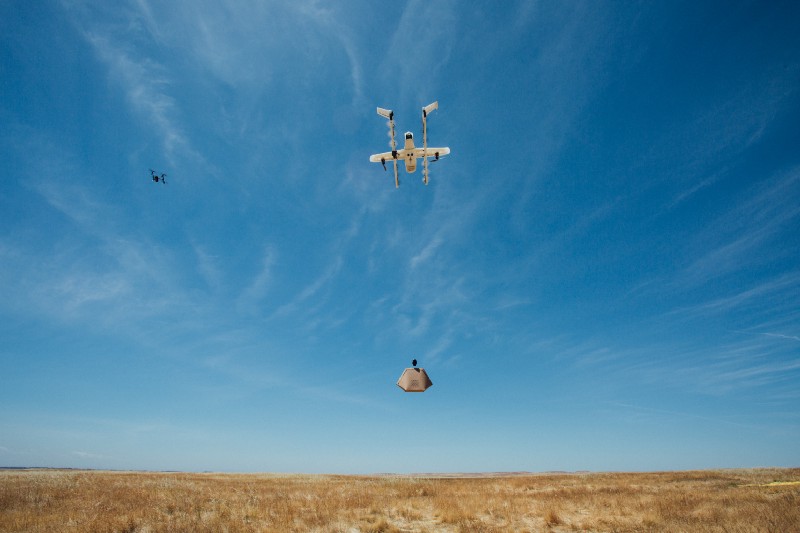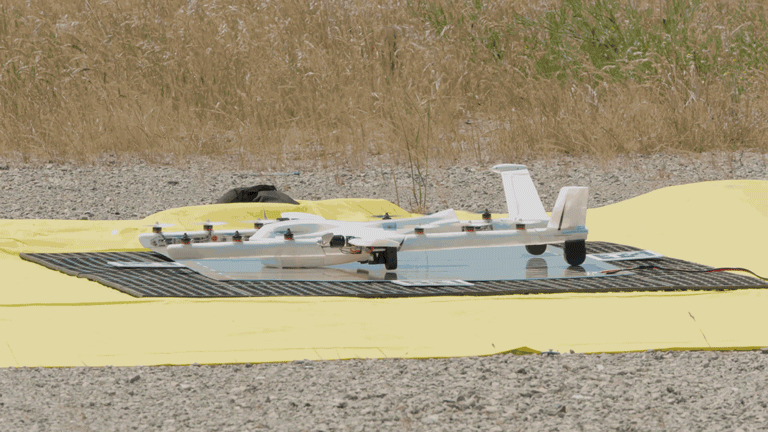
Alphabet is working on a drone-tracking system that will help manage traffic in the skies
It’s not hard to imagine a future where thousands of drones are zipping past us, mapping our smart cities and delivering (..pizza?) packages. As this dream inches ever closer to reality, startups are focusing their energy on a related challenge – Drone traffic control system. As more and more drones take to the skies, it’s important to dynamically route them not only among other drones but also manned aircraft and other dynamically changing events.
Earlier last week, Project Wing – Alphabet Inc’s moonshot organization that is working on autonomous drones announced that there are testing a new system to manage traffic in the skies together with the FAA in the United States (Read: Project Wing UAS Air Traffic Management System).
UAS Air Traffic Management System
Managing and dynamically routing drones is definitely a task for automated systems and a robust solution for managing air traffic is going to be critical if drones are to be allowed to fly Beyond Line Of Sight.
In addition to routing drones, if necessary, Air traffic management systems like the one designed by Project Wing have to also be able to notify Drone pilots about changes in their flight plan, information about no-fly zones and safety-sensitive areas (forest fires, etc).

UAS Air Traffic Management System in Action – automatically plans route so that the Wing aircraft can fly clear of the DJI Inspire
Project Wing was taking part in the tests convened by NASA and the FAA in the United States to explore how to manage drone traffic, at the FAA test site in Virginia Tech.
Who else is working on this?


